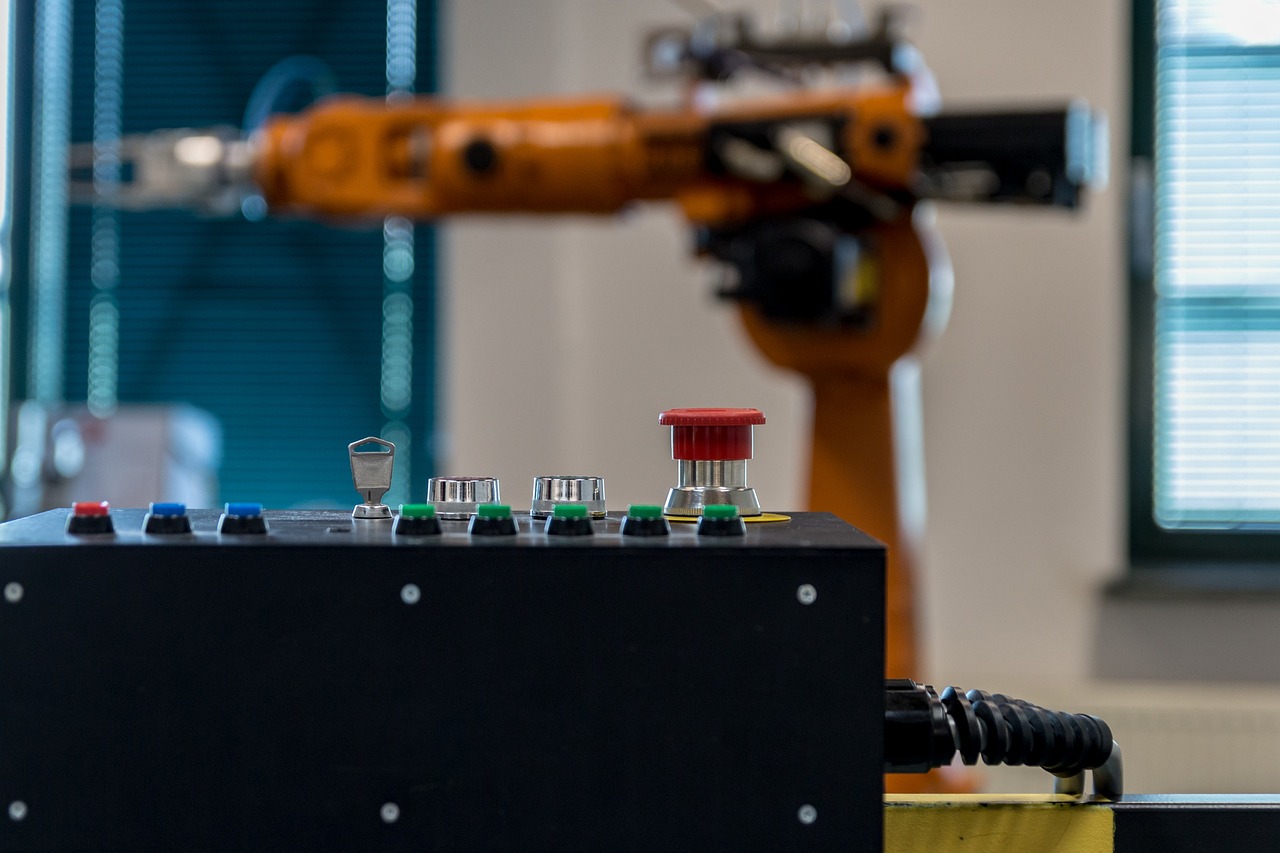The Future of Tech in Disaster Resilience Planning: Predictive Modeling and Early Warning Systems
Effective disaster resilience planning faces numerous challenges that can hinder the preparedness and response efforts of communities. One of the primary obstacles is the lack of adequate funding and resources allocated towards resilience initiatives. Without sufficient financial support, it becomes difficult to implement necessary infrastructure upgrades, early warning systems, and community education programs that are crucial for minimizing the impact of disasters.
Additionally, the complexity of interagency coordination and collaboration poses a significant challenge in disaster resilience planning. Different stakeholders, including government agencies, non-profit organizations, and private sector entities, often have varying priorities and approaches to disaster management. Aligning these diverse perspectives and establishing effective communication channels are essential for developing comprehensive resilience strategies that can address the multifaceted nature of disasters.
Advancements in Predictive Modeling Technology
As technology continues to advance, the field of predictive modeling has seen significant improvements in recent years. These advancements have revolutionized the way disasters are predicted and managed. With more accurate and precise predictive models, emergency response teams can better prepare for potential disasters and mitigate their impact on communities.
One key development in predictive modeling technology is the integration of artificial intelligence and machine learning algorithms. These sophisticated systems can analyze vast amounts of data and identify patterns that humans may overlook. By harnessing the power of AI, predictive modeling has become more efficient and effective in forecasting disasters, helping authorities make timely and informed decisions to protect lives and property.
What are some challenges faced in disaster resilience planning?
Some challenges in disaster resilience planning include limited data availability, uncertainty in predicting future events, and the need for improved accuracy in modeling potential disasters.
How can predictive modeling technology help in disaster resilience planning?
Predictive modeling technology can help in disaster resilience planning by providing insights into potential risks, helping to identify vulnerable areas, and improving preparedness and response strategies.
What are some advancements in predictive modeling technology?
Advancements in predictive modeling technology include the use of artificial intelligence, machine learning algorithms, and improved data analytics to enhance the accuracy and effectiveness of predictive models.
How can organizations benefit from using predictive modeling technology in disaster resilience planning?
Organizations can benefit from using predictive modeling technology in disaster resilience planning by better understanding potential risks, optimizing resource allocation, and improving overall resilience and readiness in the face of disasters.





